|
Lebanon native and wealthy real estate developer William Elmer Harmon founded the Harmon Foundation in New York in 1922. Originally the new foundation supported the creation of playgrounds throughout the United States, the production of films about biblical subjects, and health care programs. However, it is better known today as the first major foundation supporting African-American creativity and ingenuity. W.E. Harmon's father was an officer in the 10th Cavalry regiment, a black unit known as the Buffalo Soldiers. Being raised among the soldiers had an impact on the young boy, and formed an accepting attitude toward African-Americans. Later in life, Mr. Harmon was moved after meeting a young African American artist in New York who was unable to sell his paintings because of his race. With a new focus, the Harmon Foundation began presenting cash awards in 1925 to African-Americans for distinguished achievement in eight fields: fine arts, literature, music, race relations, business, religious service, education, and science. Between 1927 and 1933, the Harmon Foundation was one of the first to give national recognition to the achievements of African-Americans. It is best known for its impact on the art of the Harlem Renaissance. Among the many recipients of the awards were; Countee Cullen, Claude McKay, Langston Hughes, James Weldon Johnson, Laura Wheeler Waring, Sargent Johnson, and Walter White. Hale Woodruff and Palmer Hayden were the very first recipients of the William E. Harmon Foundation award for Distinguished Achievement Among African Americans for the Fine Arts. The purpose of the awards were to stimulate creative achievement and bring attention to the work being accomplished by African American artists. The Foundation closed in 1967 and dispersed its considerable art collection to the Smithsonian’s Art Museum and the National Portrait Gallery, and other institutions. The Harmon Foundation is best known for its impact on the art of the Harlem Renaissance. Among the many recipients of the awards were; Countee Cullen, Claude McKay, Langston Hughes, James Weldon Johnson, Laura Wheeler Waring, Sargent Johnson, and Walter White.
Hale Woodruff and Palmer Hayden were the very first recipients of the William E. Harmon Foundation award for Distinguished Achievement Among African Americans for the Fine Arts. The purpose of the awards were to stimulate creative achievement and bring attention to the work being accomplished by African American artists. The Foundation closed in 1967 and dispersed its considerable art collection to the Smithsonian’s Art Museum and the National Portrait Gallery, and other institutions. - Michael Coyan
0 Comments
Marcus Mote, born on June 19, 1817 in Miami County, Ohio, was a self-taught artist who pursued a career in painting from his studio in Lebanon. He was very talented and was able to achieve great success throughout his lifetime. However, today he is not only known for his artistic ability, but also for his Quaker heritage. Even though Quakers were critical of art, Mote was able to harmonize his conservative culture with the progressive ideas of the 19th century in his creation of four panoramas during the 1850’s.
A panorama is a piece of artwork that is considered to be an ancestor of a modern day film. It consisted of a series of painted scenes, each about nine feet high and fifteen to sixteen feet wide, which together would create a story. The scenes would slowly rotate around a hidden mechanism, and as the scenes passed, the story was told by a narrator, called a professor. Marcus Mote’s first panorama debuted on May 9, 1853 in Lebanon Court House to a large audience. It was a recreation of Harriet Beecher Stowe’s famous anti-slavery novel Uncle Tom’s Cabin. Thus, it portrayed the story of Uncle Tom, a slave, and the harsh reality of his life. Mote’s panorama was successful in staying true to the novel’s plot; however, his artistic talent truly exemplified the deep emotions felt by the characters. The panorama’s first public appearance was overshadowed by another panorama exhibit in the area, but it nevertheless received glowing critical reviews. Mote’s second panorama was based off of Milton’s poems Paradise Lost and Paradise Regained. These two poems are descriptions of the biblical story of the Garden of Eden. It premiered on October 14, 1853, about six months after the debut of his first panorama. It also received sterling reviews, especially for Mote’s portrayal of the lush Garden of Eden. The third panorama, titled the Geological History of the Course of Creation, was Mote’s largest. It was comprised of a total of forty scenes, which were painted on a total of six thousand square feet of canvas. It was inspired by the eternal beauty of Niagara Falls, and required him to do considerable research into geology and paleontology. This research allowed him to create what he believed to be a comprehensive history of the earth and the creation of mankind. Mote was commended for his ability to harmonize the biblical representation of creation and the version maintained by geologists. Its presentation included music directed by a man known as Professor Schuler, and the panorama was very well received by a large audience. Mote’s fourth and final panorama was a series of scenes promoting the virtues of temperance. For its debut, Mote hired Luximon Roy, an eccentric East Indian prince, to narrate the panorama as well as to share aspects of his culture. The enthusiastic audience considered by the painting as well as the lecture to be brilliant. This panorama was also at a later time narrated by the famous temperature lecturer M.M. Edwards of Cincinnati. The creation of these four panoramas was a major stepping stone for Mote’s career. The popularity that he attained by creating panoramas stayed with him as he moved on to portraiture and landscapes. Unfortunately, none of these four panoramas exist today. However, from the numerous glowing reviews and descriptions that do exist today, it is evident that he was very talented as well as beloved by the people of Lebanon. Written by Kaitlyn Barnes ARTIST’S STATEMENT
Sylvia Thompson Outland Inspired by color, line and form, I try to convey the beauty, personality and mood of each of my subjects. I love to garden, and am drawn to nature and like to capture the subject’s inner spirit as well as the mood of that particular moment. I feel a connection to my subjects and enjoy bringing out individual qualities, whether it is in a building, still life or landscape. Having lived in Lebanon and Warren County most of my life I feel a deep connection with the area and its history. My work is constantly evolving as I look for new ways to express my ideas. The large variety of methods and materials available continues to challenge and expand my creativity. Each medium has its own characteristics and the subjects of my work and ideas I want to convey will usually dictate the medium I use. I am constantly working and studying to expand my range of technical experience. I find that each work takes on a life of its own. This exhibition is made up of some of my favorite works done over the last 20 years. Recently, I’ve been working with line and color, as shown in my “Hosta’s Gone Wild” and “Graphics” series and flowers in quick color sketches. My earlier work centers around my “Vanishing Landscape” series of pictures of old barns and buildings as well as still life studies. My current work is more experimental using new ideas and different techniques letting serendipity dictate the design. I still most enjoy the mediums of pencil and pen because, when working with them, I find a calmness and peace. Inspired by my Grandmother and parents, my love of nature and history continues to this day as a great source of inspiration for my work. An early exposure to fine craftsmanship and building design has inspired my love of old barns, architecture and fine art crafts. The mediums used in the works in this exhibition are oil/acrylic, watercolor, color and graphite pencils, India ink in black and color markers. Work held in Private & Corporate Collections including: The Harmon Museum, Warren County Historical Society, Lebanon, Ohio Lebanon Citizens National Bank, Lebanon, Ohio GMI Companies, Lebanon, Ohio Butler County Republican Party Warren County, Ohio government Sylvia's show will be held from April 30, 2021 to June 5, 2021 at Harmon Museum - Sylvia Outland, Art Curator
March 14th marked the return of the portrait, featured on Antiques Roadshow, of John Milton Charters and William Morris Charters (1846 - 1848) twin sons of Dr. William Morris Charters (1806 - 1883) and Cynthia Dutton Seely (1809 - 1860). Both portraits were painted, circa 1849, by Marcus Mote a Quaker artist living and working in Warren County. The Betsy H. Maple Trust, represented by Karri Hamilton daughter of Betsy Maple, (second wife of William Chester “Chet” Maple) personally delivered the painting the family gifted to the Harmon Museum. Both paintings descended in the family of Charters Dyche Maple (1899 - 1958) to his sons William Chester Maple (1935 - 2009) and Dixon Charters Maple (1929 - 2001). Since childhood, I have always been drawn to antique objects; they bring a relevance and history which contemporary objects do not offer. This experience led to my exploration of historical drawings and etchings from the Victorian period, starting with Edwin Landseer, who was one of the most popular animal illustrators during this time period.
Images of animals and children started to proliferate at the turn of the century as people sent greeting postcards and also read magazines like Harper’s Weekly which contained stories written and illustrated in serial fashion. Printed magazines were available all over the country as reading became an important cultural activity and literacy increased. In addition, life was documented and shared in wonderfully illustrated children’s books. One can imagine domestic scenes by the fireside involving reading and the slow activity of embroidery. Artwork and literature are rife with cultural symbols; they are a tool which teach our youth as well as shape adult behaviors. Morals abound in these tales, both about humans and animals. At this time, animals started to be seen as domestic companions and valued for their loyalty and compassion. Many of these prints show scenes of tenderness and altruism, while others illustrate acts of aggression and barbary. These stories and the prints which accompanied them, had a profound effect upon public perception of the treatment of animals and children leading to new organizations for their protection including the Society for the Care and Protection of Animals (SCPA) and new child labor laws. Using research from this important historical period, I created a series of embroidered drawings on wool. There is a kind of nostalgia in these images, not of a perfect world, but a slower paced life with some sweetness. It is also important to note that the cultural awareness which awakened regarding children and animals unfortunately did not extend to all humanity, especially African Americans and immigrants. The resulting embroideries seek to shine light upon our collective potential for acts of altruism and bravery, amidst the presence of depravity. How can we extend the generosity of animals and children into contemporary society so that all people can find tenderness, sensitivity to others and begin to understand our collective value? 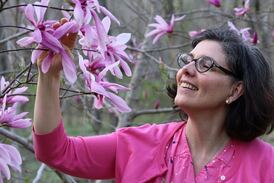 Traditional artist, Kelly Murray Frigard, has long pursued her interest in weaving, knitting, spinning, and felting. After a residency as a visiting artist in Canada's Northwest Territories, she received the Fulbright Fellowship, allowing her to study, for two years, in Finland and Sweden. Frigard also works in mixed media, metalsmithing, and drawing. She is currently a Professor of Fine Art at the University of Cincinnati, Clermont College. Her exhibition, "Embroidered Tales" recreates antique lithographs, from children's books, in colored stitchery.  A message from the artist: "Every image tells a story... Storytelling is a big part of what I bring to each photograph taken. I am interested in capturing the mood, tone and feeling that express subject matter in its greatest light. I have the patience it takes, and planning required to capture my imagery at just the right time to captivate the beholder. These tactics were shared with me by my father who gave me my first camera, a shiny new Kodak "Hawkeye". At Ohio University I studied Photography and was also privileged to meet my lovely wife Joy who was an Interior Design major. My photographic education also included portraits with models both indoors and outside. Throughout each shoot, I impart the importance of storytelling by applying empathy through the lens of my camera. Today, I find myself enjoying capturing the majesty of waterfalls and calm bold decoration of the American southwest. I hope you enjoy these lovely images and that they take you to a delightful place. I hope you enjoy my photography and decide to purchase one for your home, office, a friend. Sincerely, Marshall N. Miller" Marshall's exhibition begins August 7 and will run through August 29. Primarily a self-taught artist (her college degree is in music), Lynda has taken equine sculpture workshops from Gwen Reardon, Kathleen Freidenberg and Karen Kasper, all at the Kentucky Horse Park; an AAEA workshop with Morgen Kilbourne in Aiken SC; a stone sculpture workshop from Annie Pasikov in Colorado; a figurative workshop from Philippe Farault at Philippe's classroom in Honeyoye, NY; a figurative sculpture workshop from Tuck Langland at the Scottsdale Artists School; and a painting workshop from Elin Pendleton at the Kentucky Horse Park. Lynda has also taken workshops or classes in mold-making, resin casting, patinas and drawing to improve her skills. Lynda Sappington's work is internationally collected, and has been in galleries from California to Ohio to Florida to Wisconsin. Her sculptures are also in use as trophies all over the USA and in Canada, both as championship trophies and year-end awards. Three of her bronzes are at the Kentucky Horse Park: "Elegance" as a perpetual trophy in the Friesian Horse of North America (FHANA) headquarters, "Frolic" as a perpetual trophy in the US Dressage Federation (USDF) headquarters, and "Harmony" in the USDF Hall of Fame. Lynda is not only an award-winning sculptor and photographer, but a writer, as well. The first edition of her book, "Sculpting 101: A Primer for the Self-taught Artist" sold out. The second edition, which has been completely revised and had two chapters added to it, is available through this website as well as Amazon.com and other outlets. In 2014-17, she co-wrote "Best Horse Care Practices" with her daughter, Grand Prix rider and trainer Jennifer Truett, who is also the owner and head trainer at Dancing Horse Farm, Lebanon OH. This book was published by Xenophon Press in 2018. Of Lynda's many awards is the Joel Meisner Company Foundry Award from the American Academy of Equine Art. Her bronze, "Ecstasy" won Best in Show 3-D at the Black Stallion Show. In 2011, Lynda created a life-size sculpture of the Friesian stallion, Nanning 374. It was installed at Nanning's owner's farm in Wisconsin April 19, 2012. A second casting of this piece was installed on a private farm in Ohio in 2013. Lynda has written articles for numerous publications, including Equine Images, Horses in Art and The Equine Art Guild's newsletter, "The Palette." From 1998-2002, Lynda was Editor-in-Chief of ARTVoices, an online art magazine that was part of the ARTFaces | ARTPlaces gallery, as well as an AFAP Vice President and Board member. She contributed many articles to ARTVoices, including a regular column on sculpting called "Sculpturally Speaking."
An article in the "Bits and Pieces" section of the June/July 1998 issue of The Equine Image magazine featured her sculpture "Presence" and the Mid-Ohio Dressage Association trophy made from that edition. In 2008, Lynda was interviewed as one of several featured artists who make trophies (including the artists who make the Oscars, the Emmys and the Country Music Awards) in A&E Magazine. Lynda's sculptures were featured on the cover of "The Chronicle of the Horse" magazine seven times. She's been interviewed for a show on RFD-TV and for several other magazines and newspapers. Her work has appeared in "Southwest Art" magazine, the Ascot Race Program in 2013, "Art in America" and many other magazines as well as some coffee table books. In 1999, #3 of the "Presence" edition became a special award at the Palm Beach Dressage Derby, Palm Beach, Florida. Number 2 of "Presence" edition is the Stallion Perpetual Trophy at the Mid-Ohio Dressage Association Classic, Delaware, Ohio. "Harmony" #2/18 became the Grand Prix Special trophy at the Palm Beach Dressage Derby, starting in 2002. Another of Lynda's trophies is the Concourse d'Elegance World Championship Driving Trophy, using #2 of the "Elegance" edition, for the Friesian Horse Association of North America, which was awarded for the first time in October 2007. She has also created trophies and/or year-end awards for the New York Thoroughbred Breeders Association, Great Lakes Downs, the American Warmblood Society and other race tracks, breed and horse show organizations. - from thesculptedhorse.com's bio for Linda Sappington.  Kevin Harris teaches at Sinclair Community College where he has led courses in Drawing, Printmaking and Digital Media since the year 2000. Prior to coming to Sinclair, Kevin held teaching appointments at the University of Cincinnati, Northern Kentucky University, the Art Academy of Cincinnati, The University of the Arts, Moore College of Art and Design and Lincoln University. Kevin earned a BA from Hampton University and an MFA from the University of Cincinnati. He has also studied at the Barnes Foundation in Philadelphia and frequently attends printmaking workshops at Making Art Safely in New Mexico. His work is included in the collection of the Cincinnati Art Museum as well as in many corporate and private collections. He has recently been featured in solo exhibitions at the Dana L. Wiley Gallery, Dayton, OH and at the African American Visual Arts Guild (AAVAG) Gallery at Central State University-West and at Sinclair’s Triangle Gallery where he presented, MULTIPLY, an exhibition of four thematically intertwined bodies of work: MULTIPLY, Angels Tread, Dream Sequence and Urban Wordfare plus The Sticker Snatcher Books.  Predominantly a floral painter, Martin Rettig was the younger brother of John Rettig. Born in 1869, Martin studied under Duveneck at the Art Academy of Cincinnati and would later become known as an authority on the works of Duveneck. He was one of the first decorators at Rookwood Pottery, where he stayed from 1882 through 1885. He worked primarily in Limoges, France, in the Japanese style typical of Rookwood at the time. Martin was the president of the Cincinnati Art Club from 1918 through 1920 and passed away in 1956, leaving a large body of floral oil paintings as his legacy. 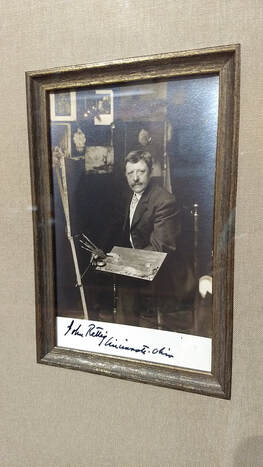 Dubbed as the “Wizard of Scenic Creation”, John Rettig was best known for his set designs, creating many open-air pageants in Cincinnati, North Africa, and Mexico. The son of a German beer brewer, John was born in Cincinnati, Ohio. He took an interest in art at an early age, beginning to paint frescos when he was just fifteen. He studied at the McMicken School of Drawing and Design (a division of the University of Cincinnati) and graduated in 1881. He later studied at the Art Academy of Cincinnati under Frank Duveneck and Henry Potthast before traveling to Europe to study in Paris with Collin and Courtois. As an artist, he was a painter, sculptor, muralist, and theatrical set designer. With his younger brother and fellow artist, Martin, he decorated and modeled Rookwood Pottery. In 1903, he traveled back to Europe and spent most of his time in Northern Holland, in a fishing village named Volendam, which later became his second home. John was the president of the Cincinnati Art Club from 1890 to 1892 and again from 1908 to 1910. He passed away, in Cincinnati, at the age of 75. His paintings are on display in private and public collections around the world. 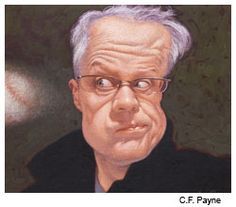 C.F. Payne is an artist-illustrator whose artwork has graced the covers of Time Magazine, Readers Digest, Sports Illustrated, The New York Times Book Review and Sunday Magazine, MAD Magazine, der Spiegel, U.S. News and World Report, The Atlantic Monthly, Texas Monthly, Boys Life and more. He has been commissioned to paint countless politicians, authors and entertainers. He has illustrated ten children’s picture books, including The Remarkable Farkle McBride and Micawber, written by John Lithgow. His artwork has been exhibited at The Cincinnati Art Museum, The National Portrait Gallery, The Norman Rockwell Museum, The Society of Illustrators Museum of American Illustration, The Selby Gallery at Ringling College of Art and Design and numerous college and university galleries. Today (June 8th) in 1867, American architect, interior designer, writer, and educator, Frank Lloyd Wright was born. Even while his mother carried him, she believed he would become an architect. Little did she know, he would go on to become one of the most brilliant and sought after in American history, even being named the American Institute of Architects’ “greatest American architect of all time.”
During his career, spanning over seven decades, Wright designed 1,114 architectural works (532 were realized) including Falling Water, Taliesin West and the Guggenheim Museum. Warren County actually boasts one of Wright's designs as well. "I believe in God, only I spell it Nature." Wright had a spiritual and romantic view of nature. This philosophy was the basis of all his work and can be seen throughout his designs. "The good building is not one that hurts the landscape, but one which makes the landscape more beautiful than it was before the building was built." In a time of heavy pollution due fossil fuel emissions, destruction of once preserved land for immediate gain, floating islands of trash in the ocean, and the of re-evaluation of what constitutes an "endangered species," Wright's views and designs are more relevant than ever. "Study nature, love nature, stay close to nature. It will never fail you." Other Frank Lloyd Wright facts:
Beth Gully began creating upside-down images when she accidentally dropped a doodle on the floor. When she picked it up, she saw, amazingly, another image. Upon additional sketching she created her first ambigram. (An image that can be inverted to become something different)
Now, one of 100 recognized ambigram artists worldwide, Beth has created a niche for herself. Using her talent, she has created two children’s books that are full of beautiful pictures, that when turned upside down, show an entirely new set of images. Beth has won 13 awards for her books including a gold ADDY award in Cincinnati, a Gold and two Silver Summit International Awards. Her Christmas book was awarded the Catholic Writers Guild Seal of Approval and her Easter book, "The Other Side of Easter" was awarded the 2019 Bronze Enduring Lights Medal in the Christian Children’s Books category at the Illumination Book Awards. Beth started her graphic design business, BT Graphics, in 1990 and her experience continues to nurture her presentation and leadership skills enabling her to thrive as a successful entrepreneur and author. Beth lives in Lebanon, Ohio with her husband Dave, and enjoys traveling, taking walks, playing guitar, and mentoring young artists. The winners of the 1st Annual Harmon Student Art Exhibition have been announced! We'd like to thank all the talented young artists that submitted their work to make the show a success. They made it a very difficult decision. The artists of the winning pieces were awarded scholarship money as well as a ribbon. Some of these, and many more fine works done by these talented artists, are up for auction here. The students keep 100% of the earnings so why not help a young artist and get something beautiful for your home? 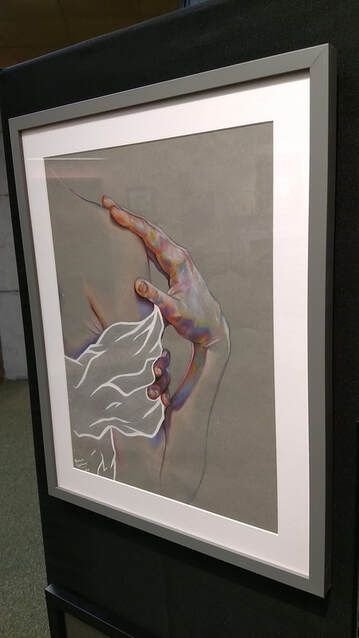 Arm and Drapery by Michaela Williams Arm and Drapery by Michaela Williams 1st Arm and Drapery Michaela Williams Kings High School Color Pencil 2nd TV Unzipped Justin Schulz Lebanon High School Graphic 3rd Portrait of Girl Olivia Hickman Lebanon High School Drawing Honorable Mention: Ram Olivia Hickman Lebanon High School (Scratchboard) Honorable Mention: Feelin’ Blue Erica English William Mason High School Ceramic - Raku Pinch Pot |
AuthorVarious staff and volunteer writers. Categories
All
Archives
April 2024
|
Email: info@wchsmuseum.org
Wchs Office/Harmon MuseumTues - Sat: 10am - 4pm
Year Round |
1795 BEEDLE cABINPhone for hours
Year Round |
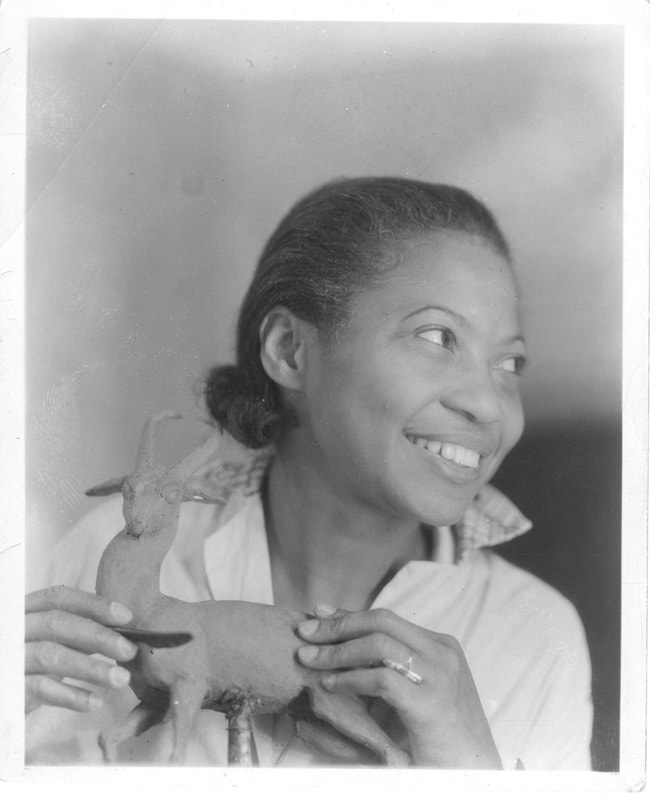
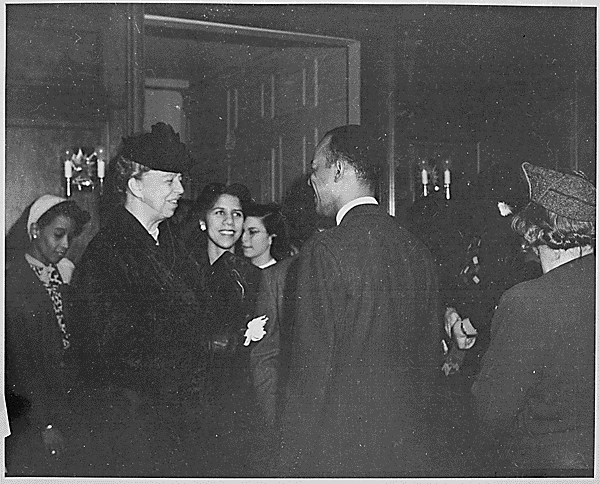
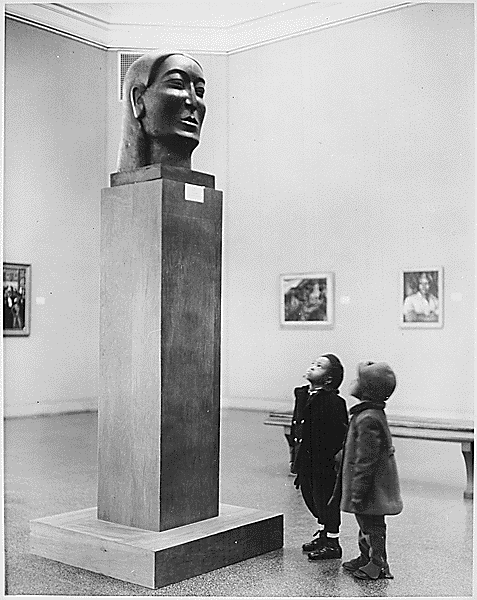
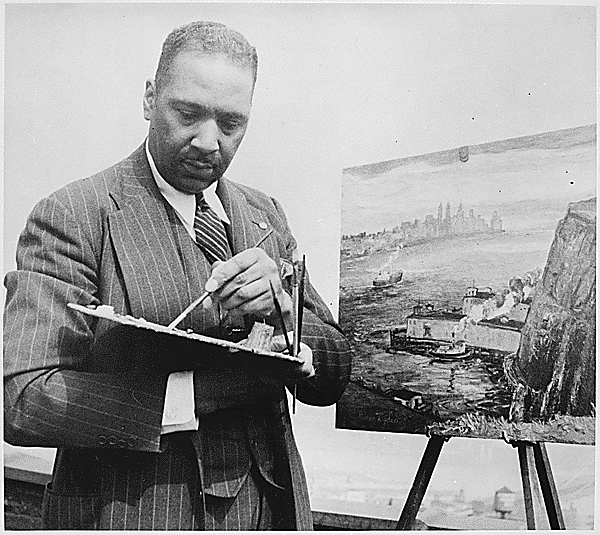
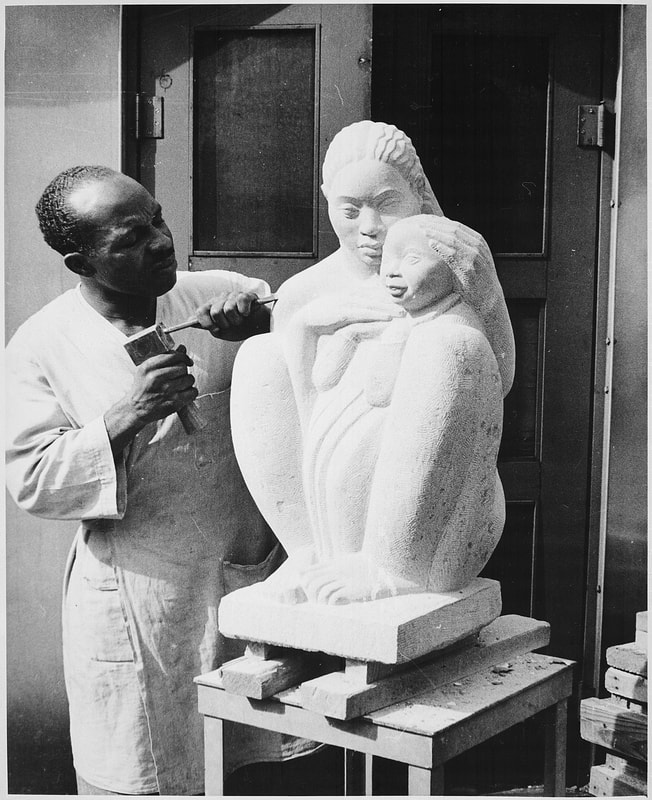
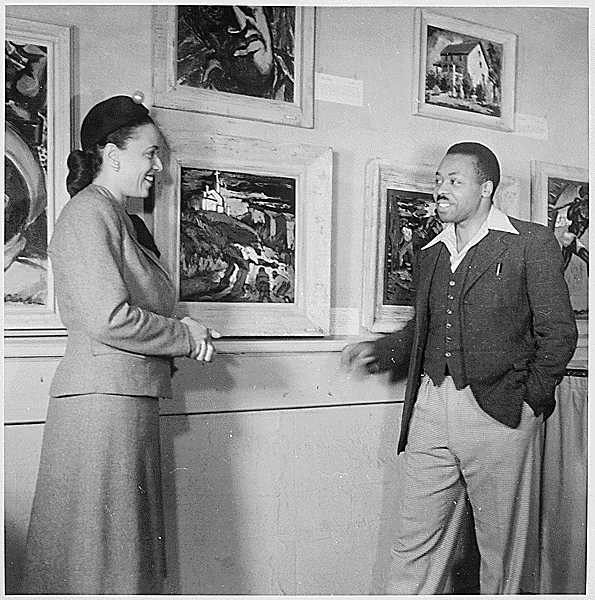
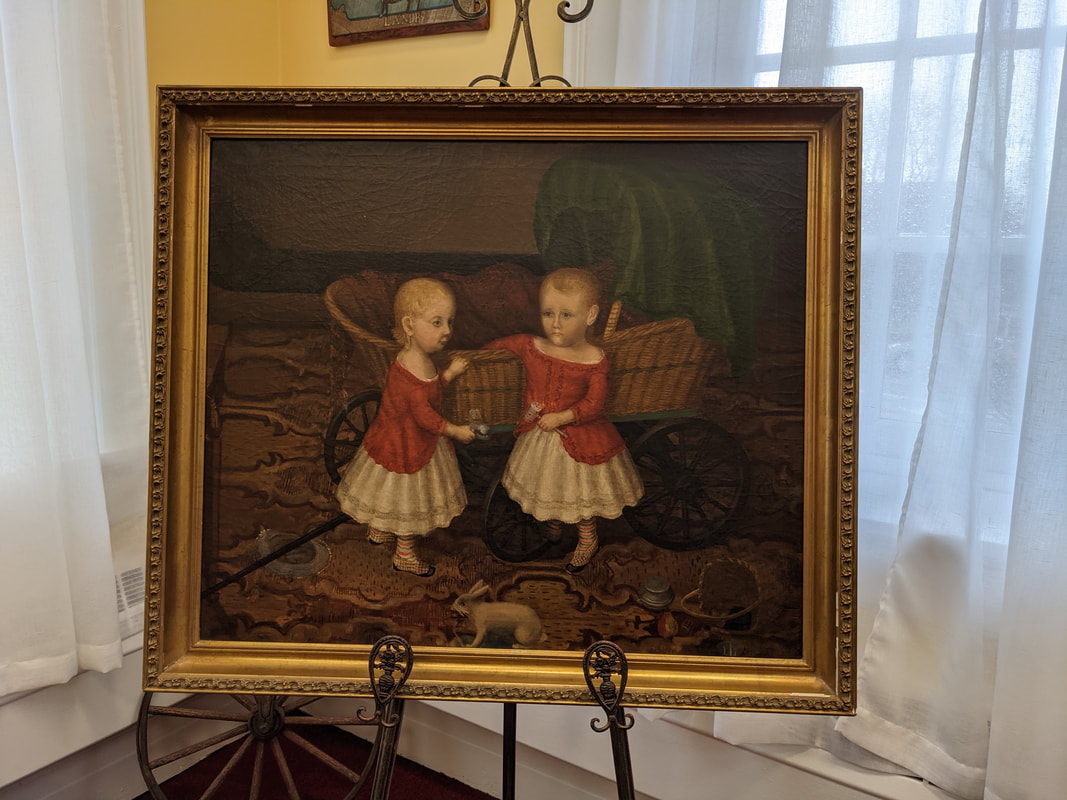

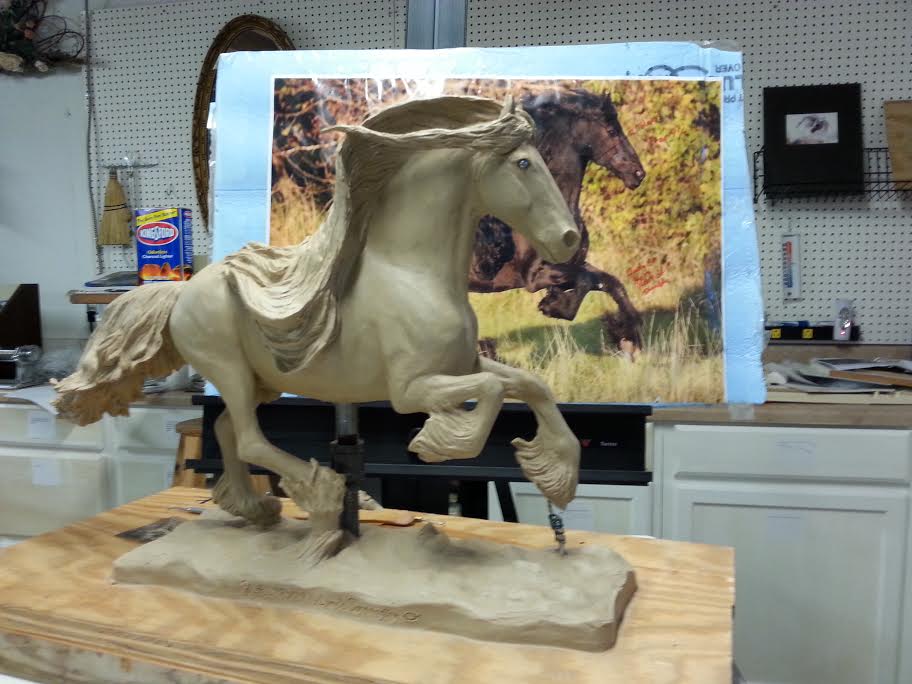
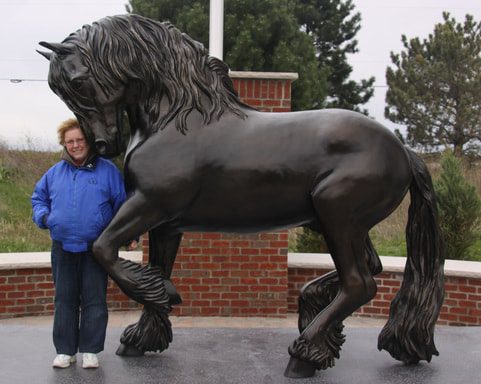

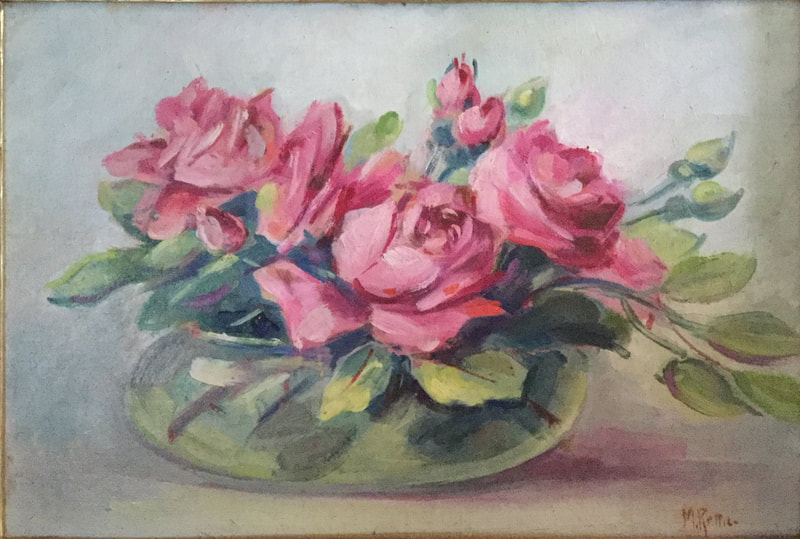
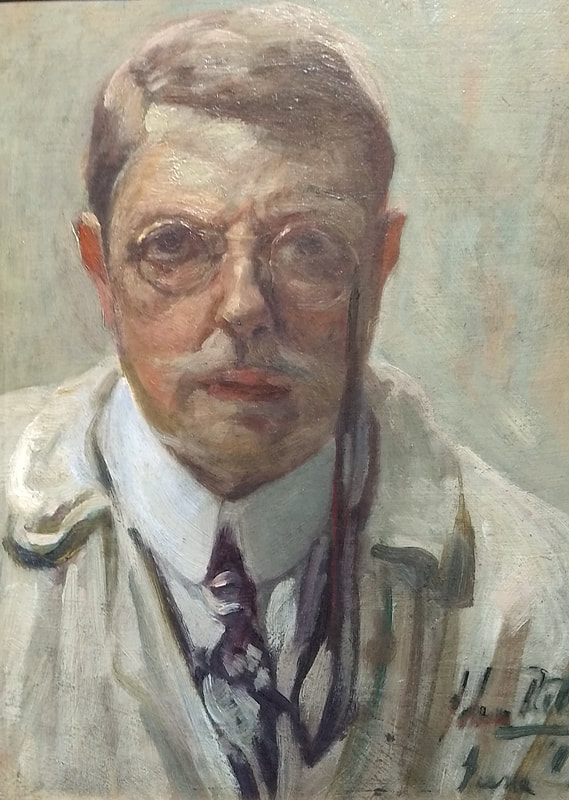
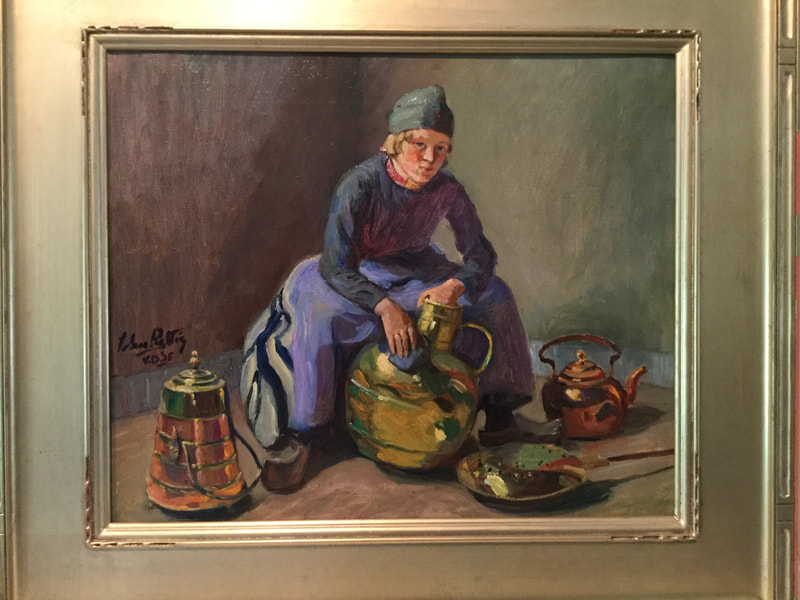

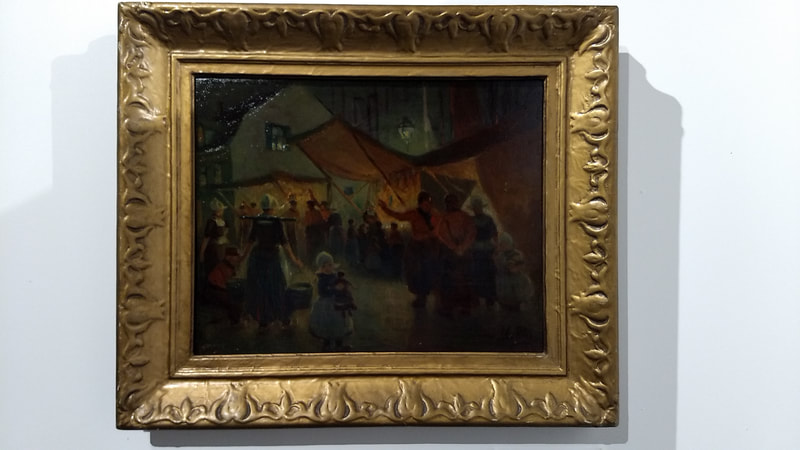
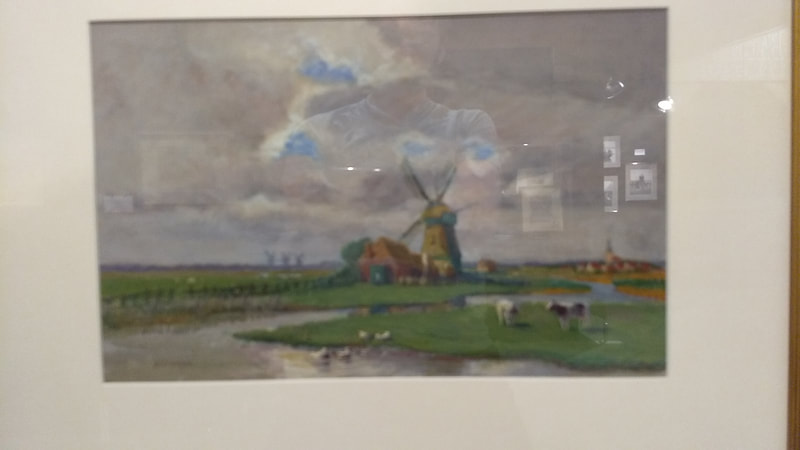

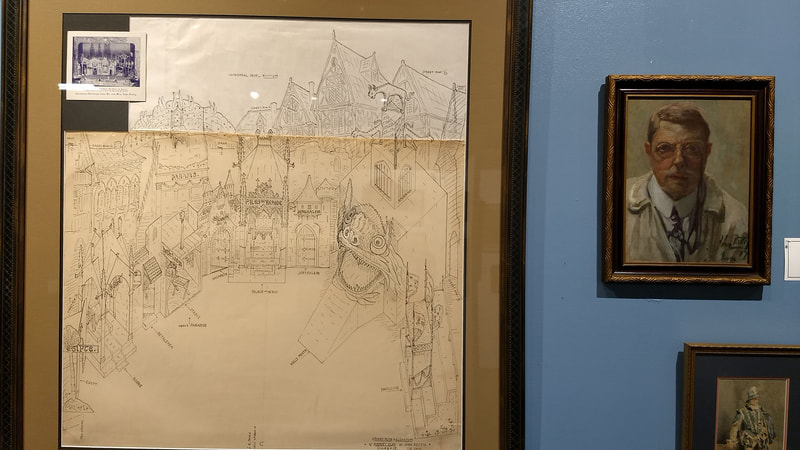

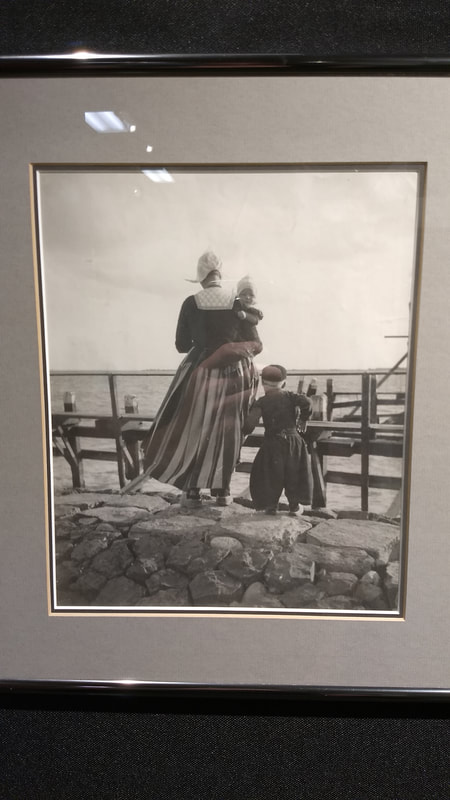
 RSS Feed
RSS Feed





